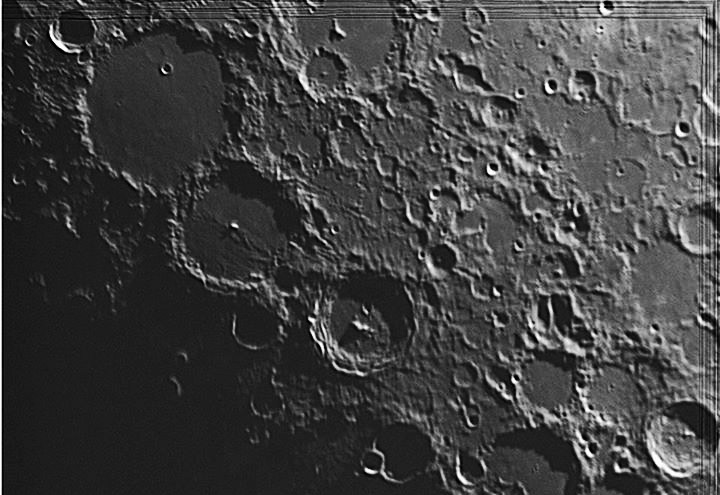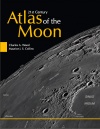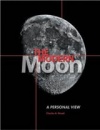Difference between revisions of "November 25, 2014"
| (5 intermediate revisions by the same user not shown) | |||
| Line 1: | Line 1: | ||
__NOTOC__ | __NOTOC__ | ||
=Introducing= | =Introducing= | ||
| − | + | <!-- Start of content --> | |
<!-- ws:start:WikiTextHeadingRule:0:<h1> --> | <!-- ws:start:WikiTextHeadingRule:0:<h1> --> | ||
<!-- ws:start:WikiTextLocalImageRule:6:<img src="/file/view/LPOD-Nov25-14.jpg/532552758/LPOD-Nov25-14.jpg" alt="" title="" /> -->[[File:LPOD-Nov25-14.jpg|LPOD-Nov25-14.jpg]]<!-- ws:end:WikiTextLocalImageRule:6 --><br /> | <!-- ws:start:WikiTextLocalImageRule:6:<img src="/file/view/LPOD-Nov25-14.jpg/532552758/LPOD-Nov25-14.jpg" alt="" title="" /> -->[[File:LPOD-Nov25-14.jpg|LPOD-Nov25-14.jpg]]<!-- ws:end:WikiTextLocalImageRule:6 --><br /> | ||
| Line 14: | Line 14: | ||
<br /> | <br /> | ||
<strong>Related Links</strong><br /> | <strong>Related Links</strong><br /> | ||
| − | <em>[ | + | <em>[[21st Century Atlas of the Moon|21st Century Atlas]]</em> charts 16 & 17.<br /> |
<br /> | <br /> | ||
| + | <p><b>Yesterday's LPOD:</b> [[November 24, 2014|More Moore]] </p> | ||
| + | <p><b>Tomorrow's LPOD:</b> [[November 26, 2014|Nicholas Times Two]] </p> | ||
<hr /> | <hr /> | ||
| + | {{wiki/ArticleFooter}} | ||
Latest revision as of 08:34, 28 October 2018
Introducing

image by Schultz Tonkli
The thousands of lunar images featured on LPOD are among the very best ever taken. For some folks their very first image submitted was outstanding. Others got better and better over time. But everyone presumably started with experiments, mistakes and halting successes. This LPOD is from a person who never submitted an image except to the Facebook LPOD page where I found it. Schultz Tonkli wrote that he has been an observer for a long time, but is just starting with digital imaging, with a low end camera and an undriven dobsonian telescope. And yet the results are something to be proud of. An inspiration for others who dream of having an LPOD image but don't think they have the equipment or talent to rise to such high standard. If you don't try you will never know how good you might be. And if you persevere and learn from mistakes and improve, then wonderful images may result, ideally with a growing understanding of the scene captured. In this case, there is the classic triad of craters of different ages and different stages of modification. Ptolemaeus is the largest and the oldest, with the lowest rims, the shallowest floor, and just buried craters. Alphonsus is the middle crater, deeper, but still draped with infill material, ejecta from the Imbrium impact. And for some reason the edges of its crater floor were fractured, with magma explosively escaping to make dark halo craters. Arzachel formed after Imbrium and doesn't bear its scars. Its floor was broken by fractures but no volcanism; perhaps Arzachel formed later when magma was no longer available at depth. Lots of interesting lunar history stimulated by an early success in imaging.
Chuck Wood
Technical Details
13" Dobsonian, no drive...using a Neximage5 and stacked and processed with Registax6
Related Links
21st Century Atlas charts 16 & 17.
Yesterday's LPOD: More Moore
Tomorrow's LPOD: Nicholas Times Two
COMMENTS?
Register, Log in, and join in the comments.



